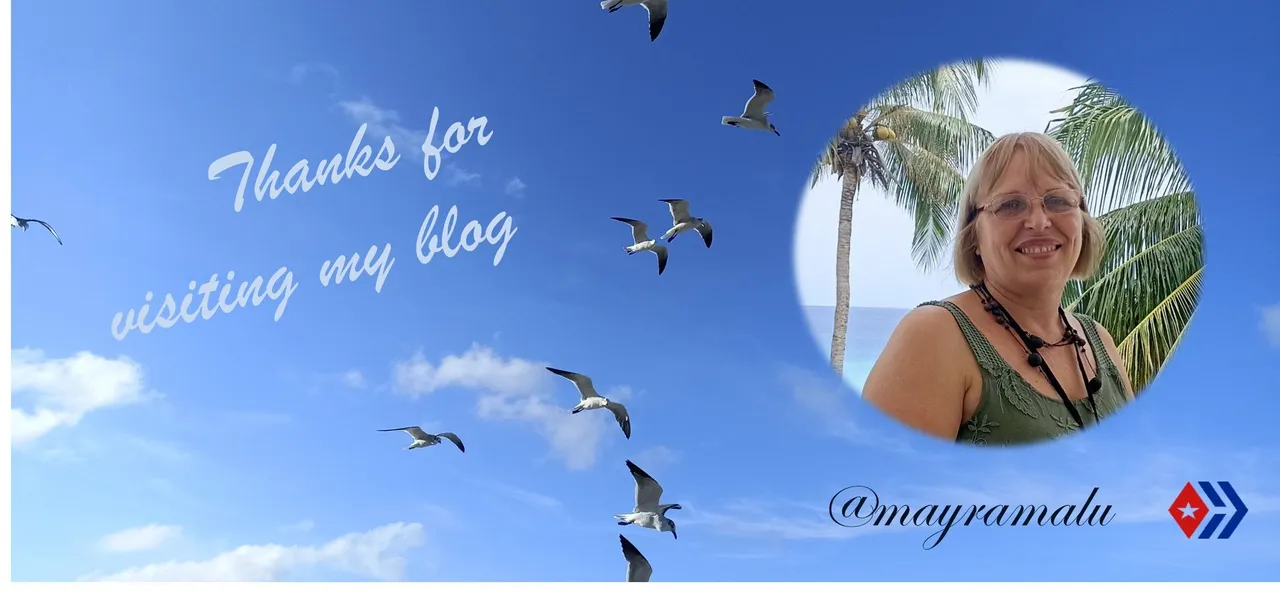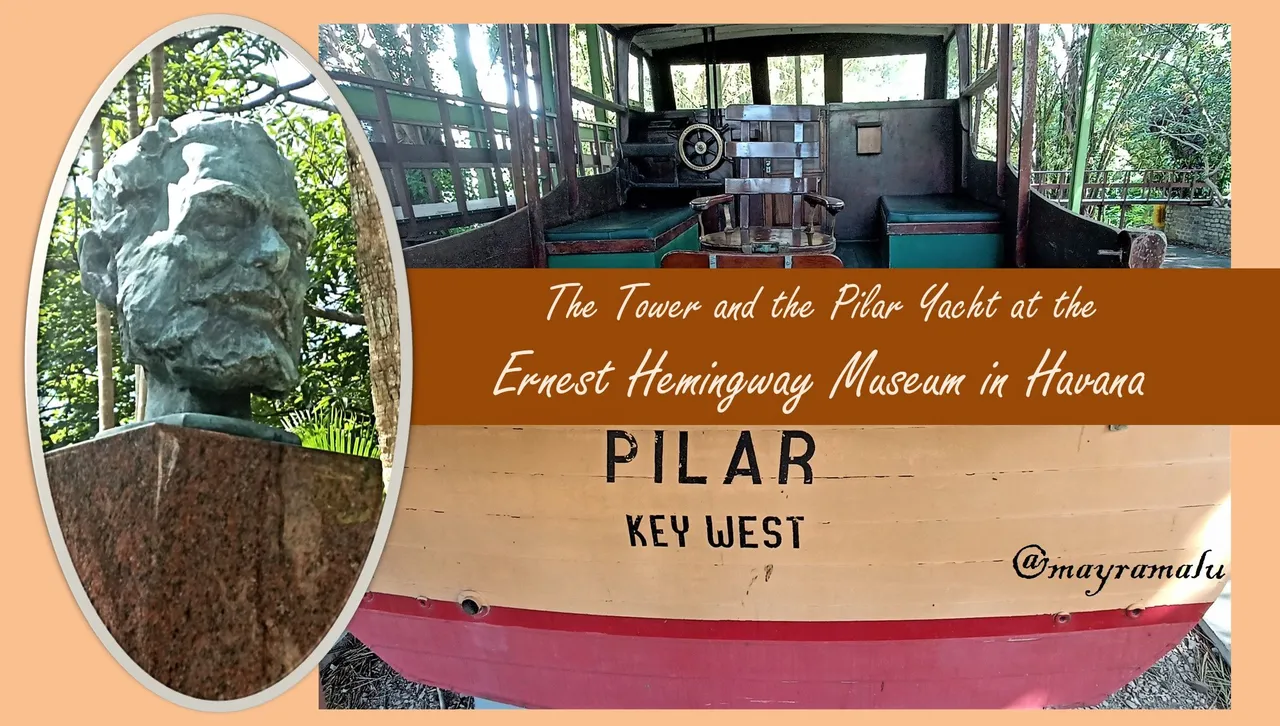
Dear friends of this beautiful community of Architecture and Design, as promised I present in this publication other works of the Finca Vigia where Hemingway lived and wrote important jewels of world literature.
In this post I have already introduced you to the main house and the guesthouse.
In this opportunity I want to show you other components of the estate that were designed for work and recreation in a very beautiful natural environment.
I tell you that I feel great emotion walking and appreciating with my own eyes the place where Hemingway lived for so many years, I can imagine him enjoying the shade and freshness provided by the dense vegetation and eating ripe mangoes that fall from the trees in the summer, because the farm is full of these fruit trees.
After we saw the rooms of the house we went to explore the tower that is at the back of the house, the person who guides us tells us that it was built in 1947 and was designed by his wife Mary Welsh, so that he could work with greater pleasure.
The construction is of masonry and the roof of concrete with ceramic tiles, has 3 floors and a height of 12 meters. The windows are made of wood and transparent glass to fully enjoy the environment.
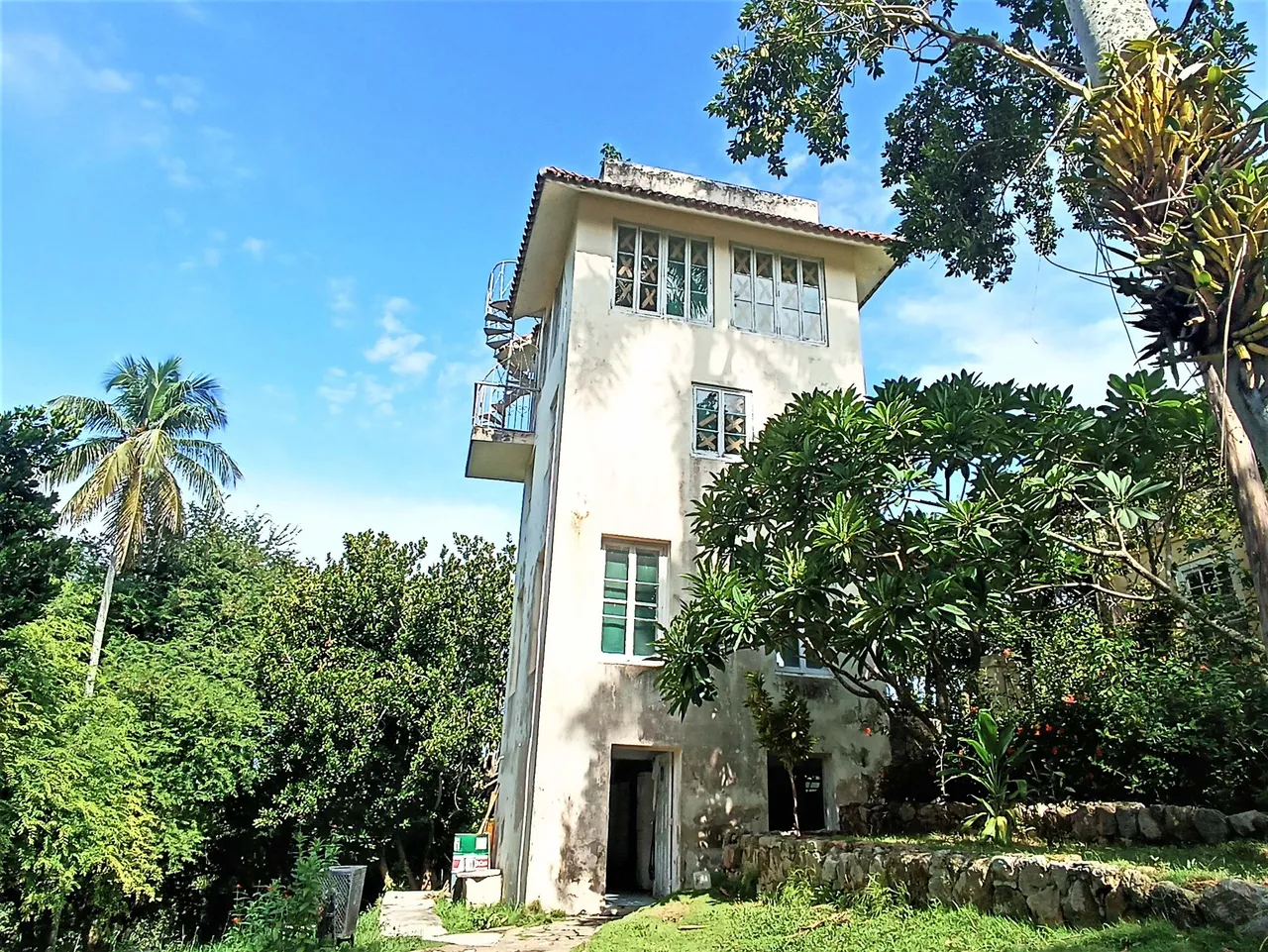
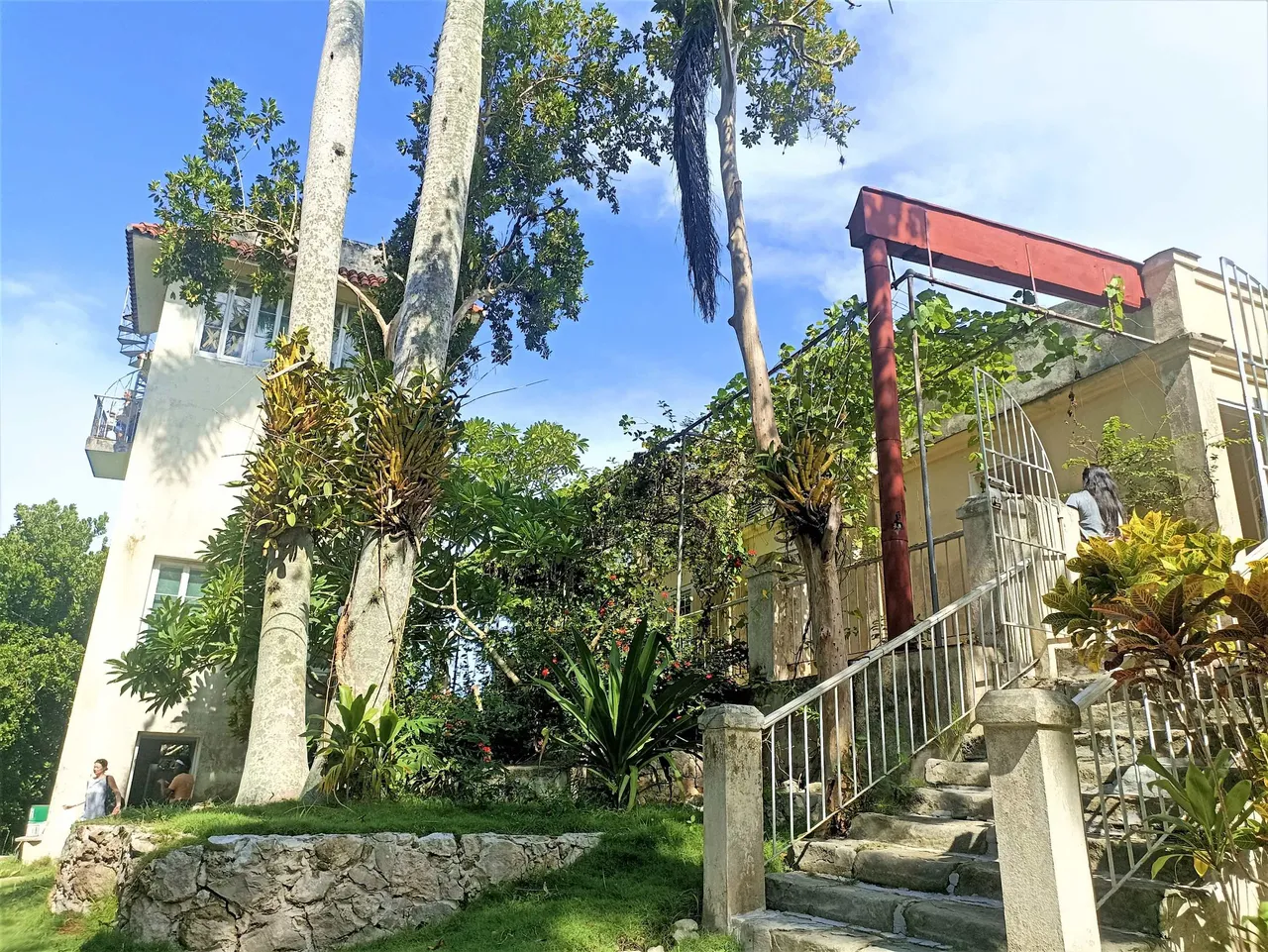
The curious thing is that he used the first floor for his cats, of which there were 57.I was very pleased to see that this floor is currently used as a workshop for the exhibition of plastic arts made by the children of the community who are part of a community workshop where they are taught to draw, paint and make other crafts. The paintings on display are very beautiful.

I began to climb the stairs, the guide told me that the second floor was used to store their travel trunks, tools and fishing utensils. It is closed to the public so we could not see inside.
When we reached the third floor I was amazed at the beauty of the view of the city, you can distinguish in the distance the Capitol with its golden dome and the deep blue strip of the sea of Havana Bay. This floor was intended to be the place of work, but Hemingway did not use it for writing, only to review galley proofs and other matters.
The highest point of the tower serves as a viewpoint which is reached by a spiral staircase, but we could not climb because the passage was closed due to repairs.

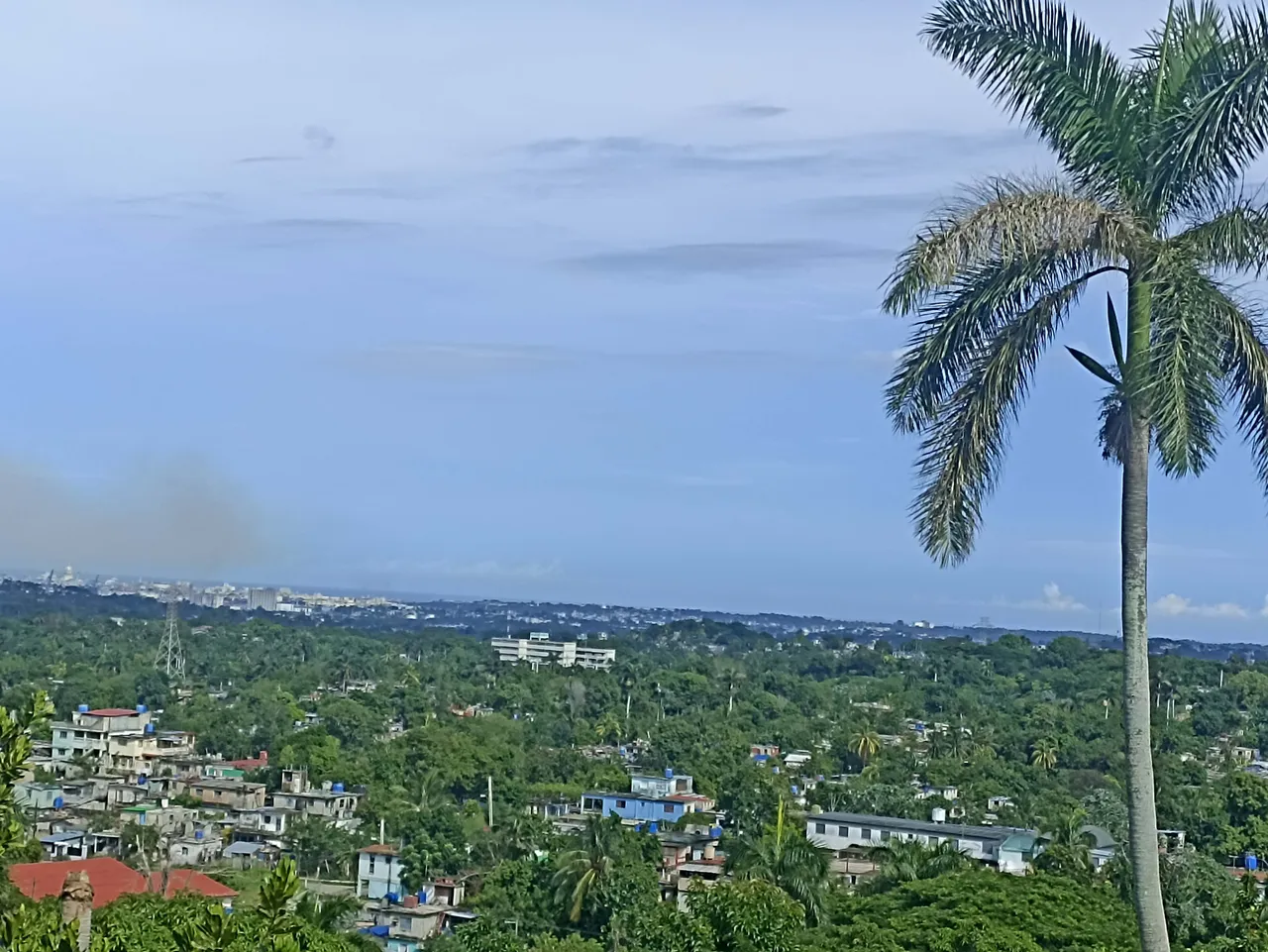


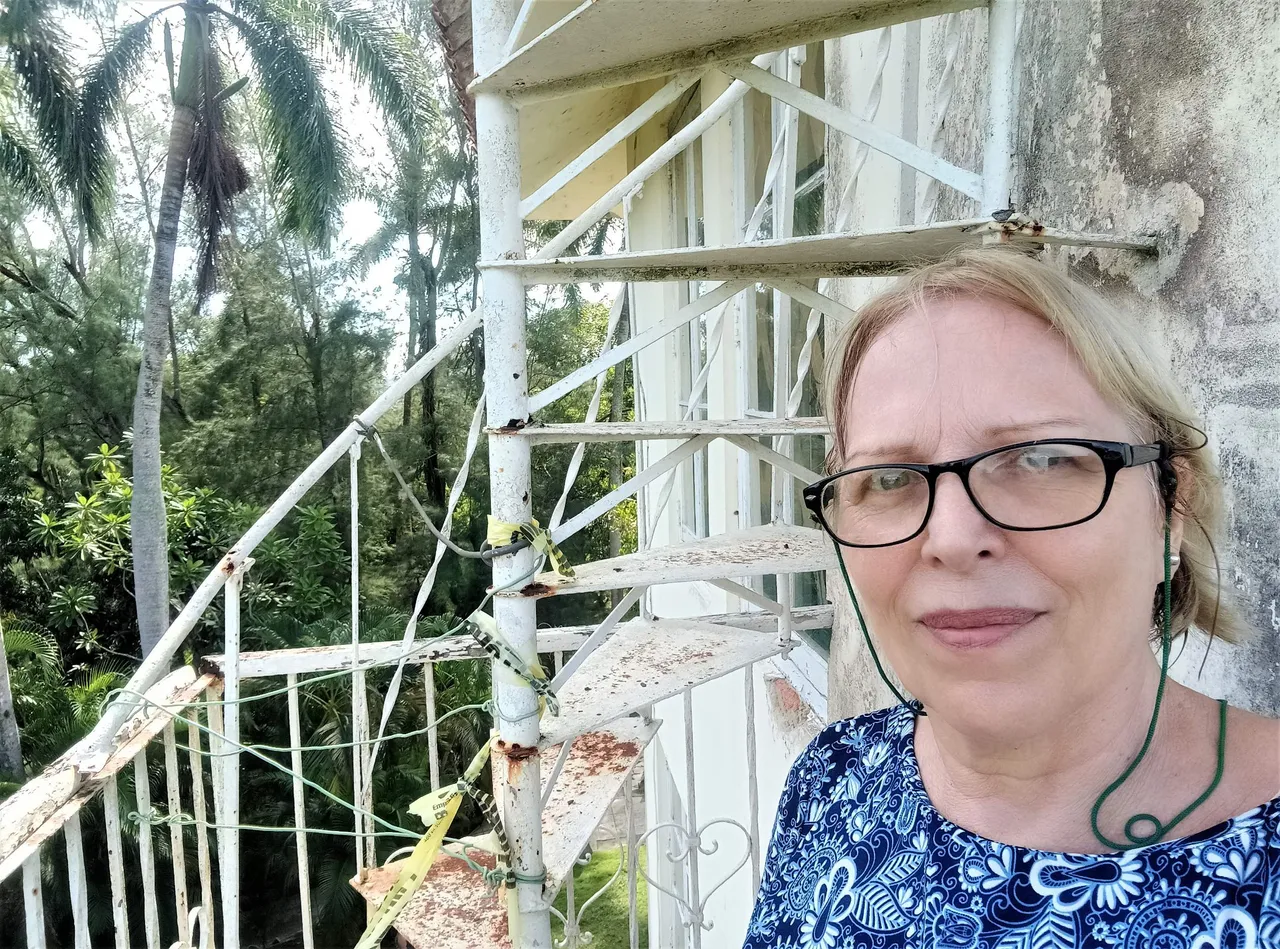
Now we are going to explore the surroundings of the farm. From the house there is a concrete slab path surrounded by plants that leads to the pool and tennis court area. The pool is 2 meters deep where Hemingway used to practice swimming daily. It has two bathhouses for the use of the guests mainly.
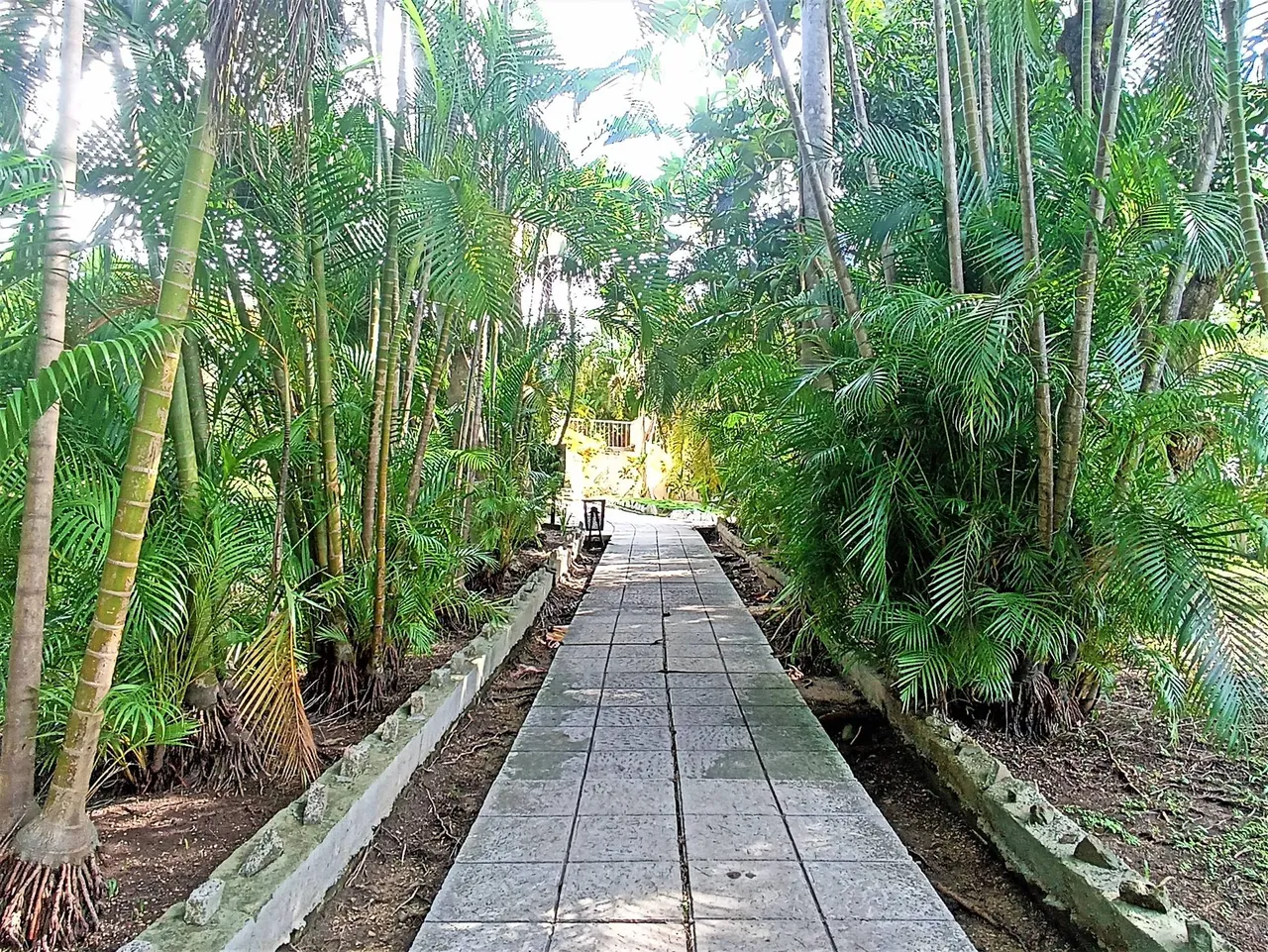
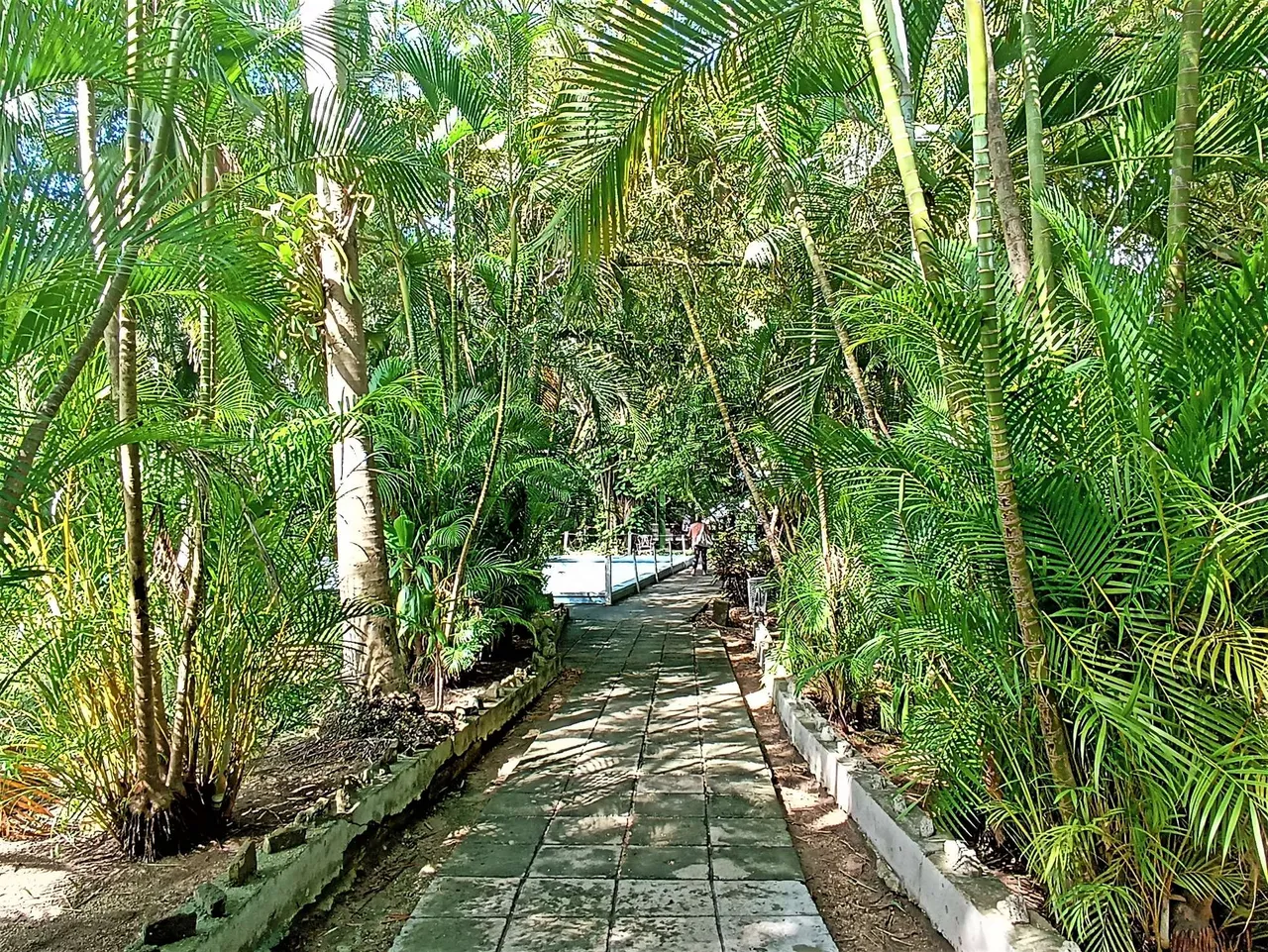
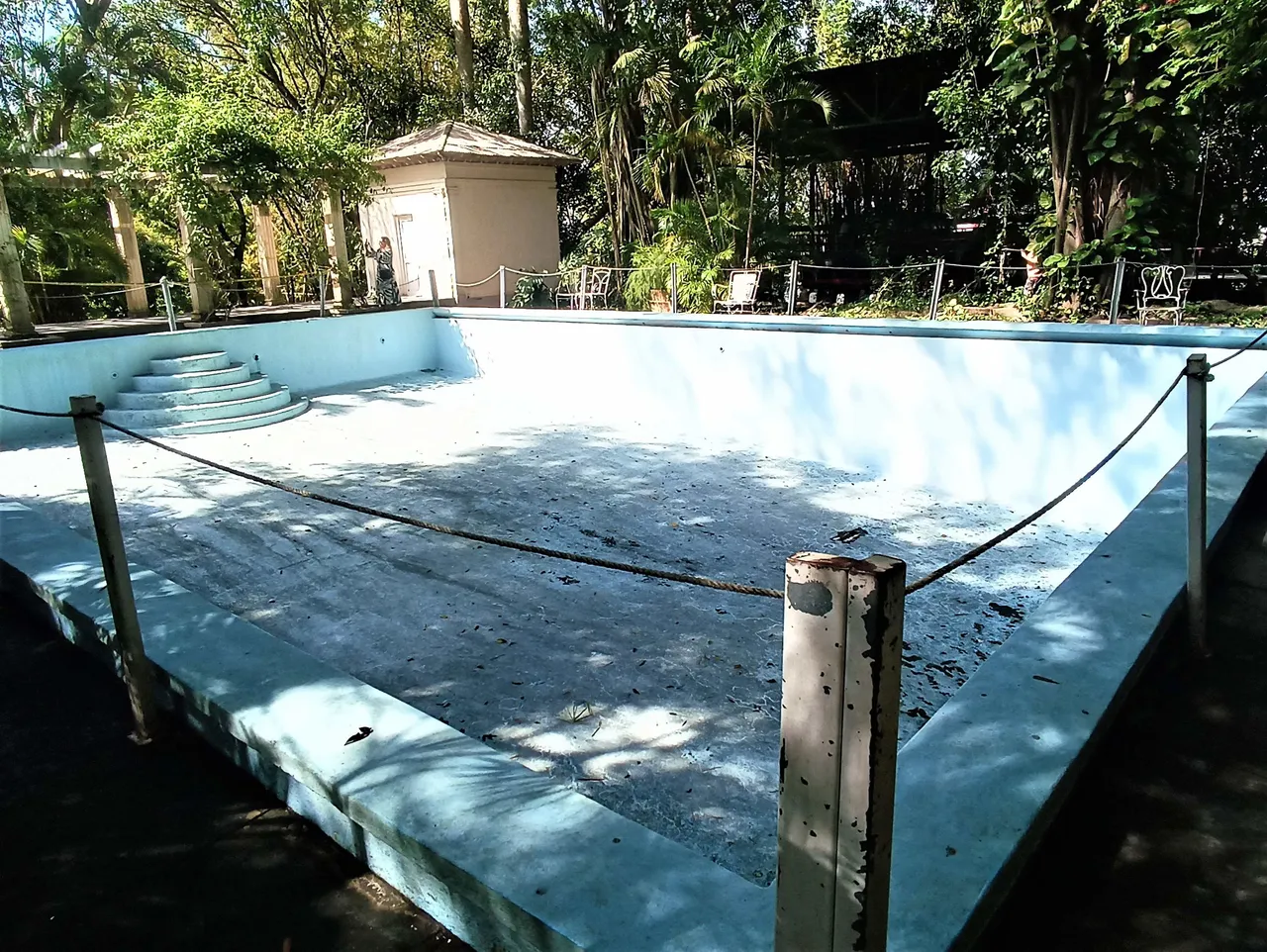
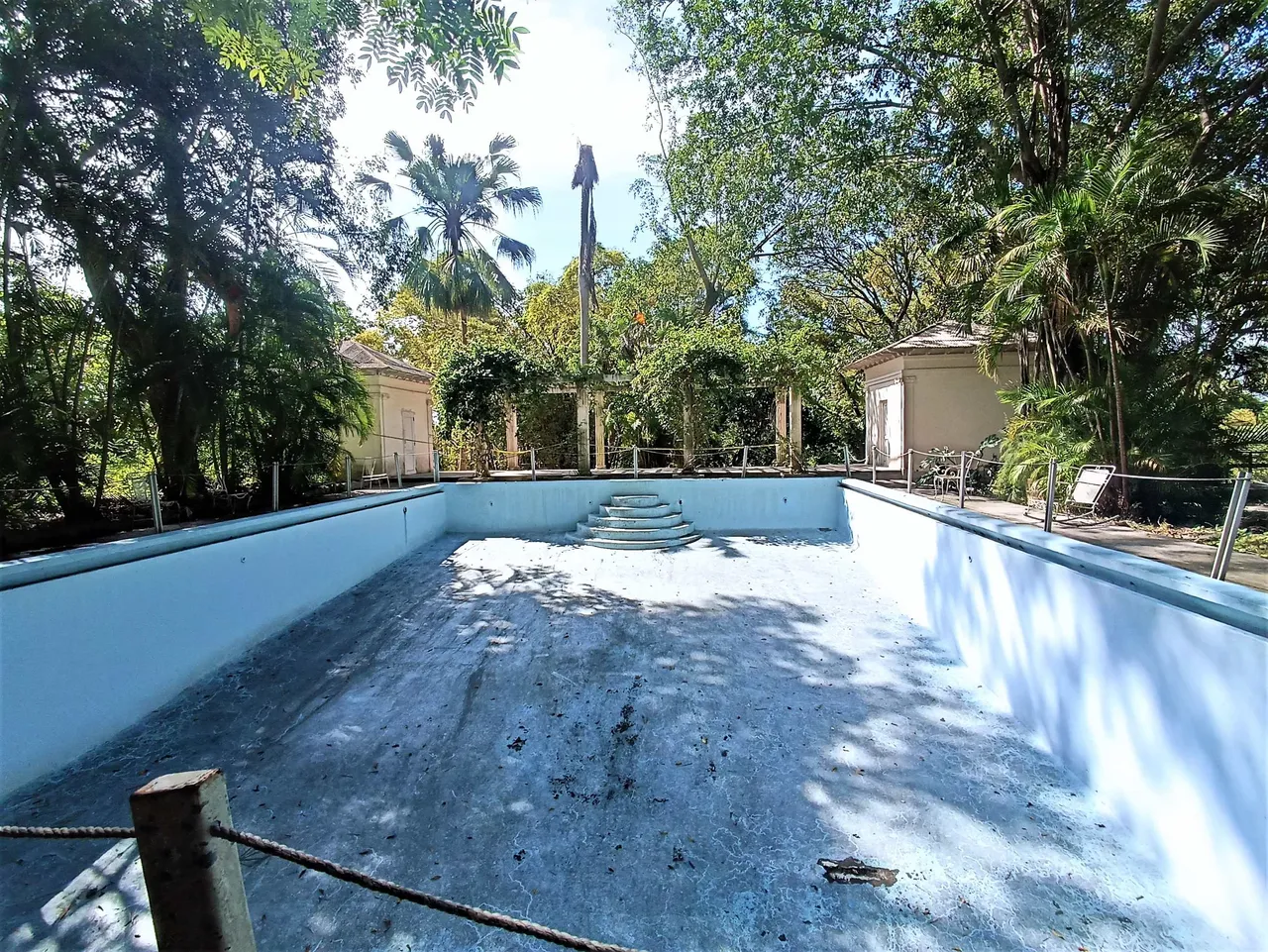
Oh friends, it is impressive to see that near the pool there are 4 small tombstones where his dogs are buried, it is a sign of the immense affection he had for the animals.
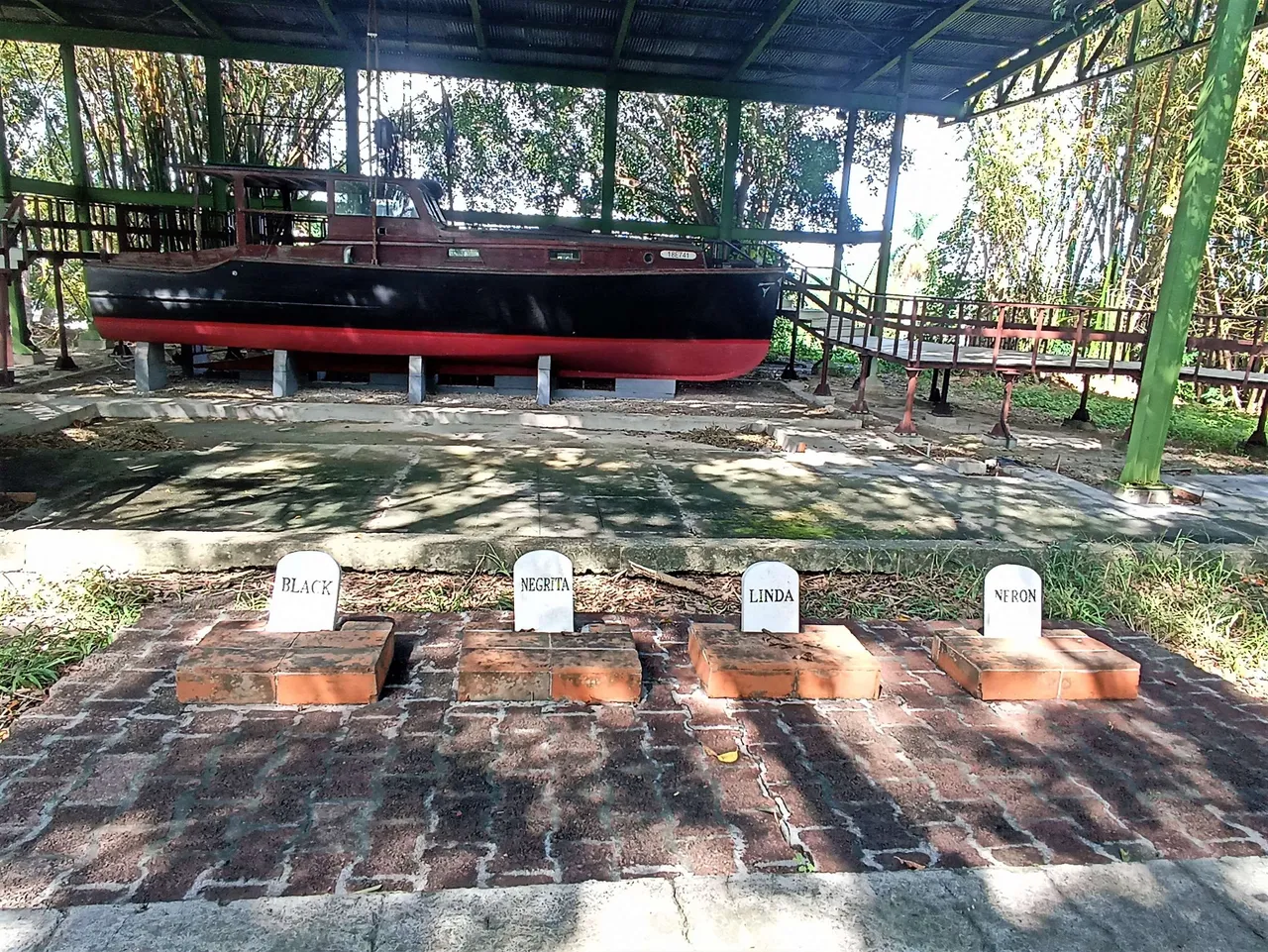
In the area where the tennis court used to be, there is the yacht Pilar, it is an immense emotion to be able to see this yacht up close, it is small but it looks very strong. Hemingway used to go fishing with this yacht and the adventures he experienced he turned them into one of his most read books The Old Man and the Sea, for which he received the Pulitzer Prize and also the Nobel Prize for Literature.
The yacht was built of mahogany and oak by the Wheeler shipyard. Hemingway contributed to the design of his yacht, incorporating a second engine to be used in case the main engine broke down. He also added an attachment to easy loly hoist the large specimens he fished and painted the hull black.
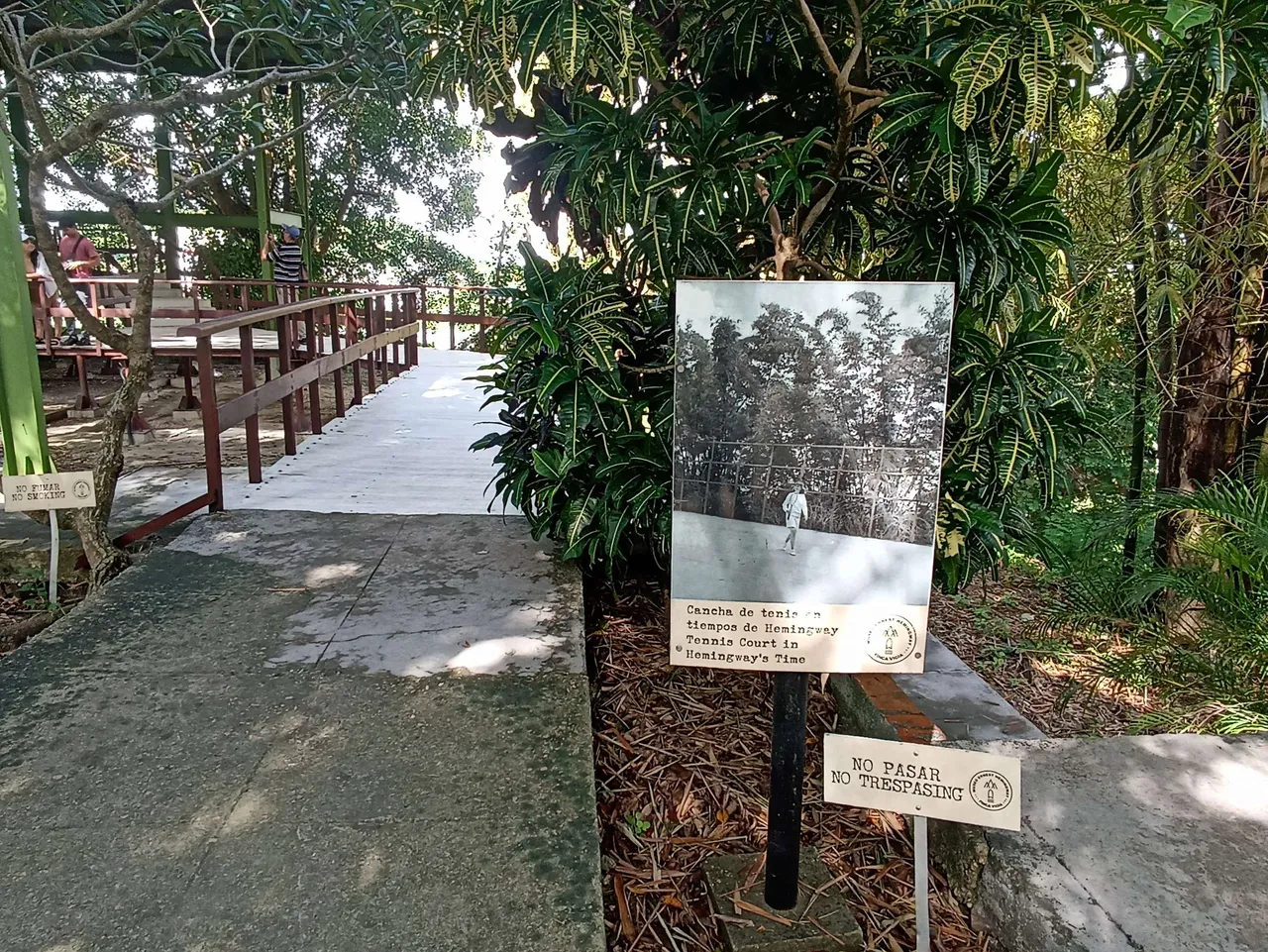
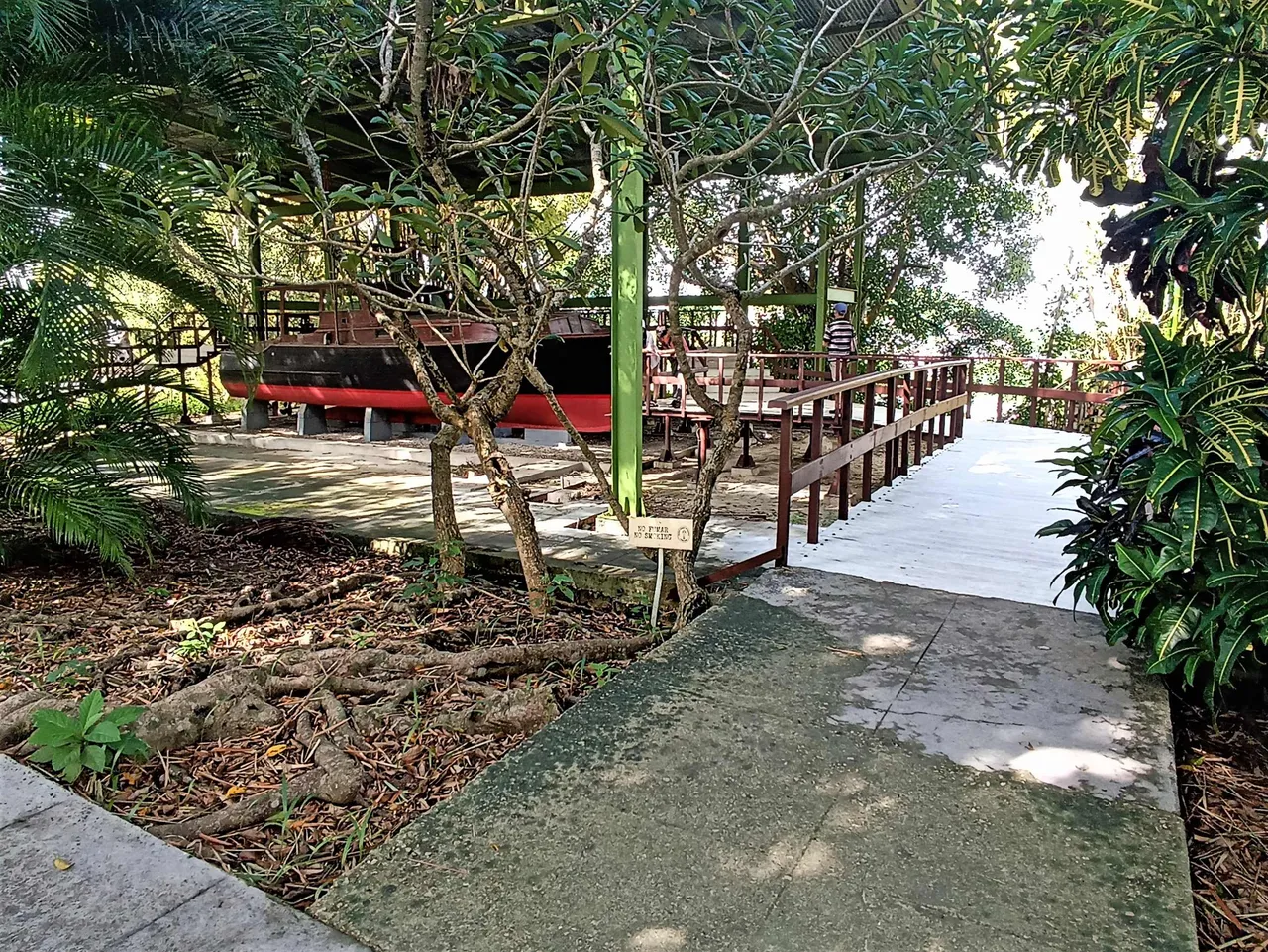
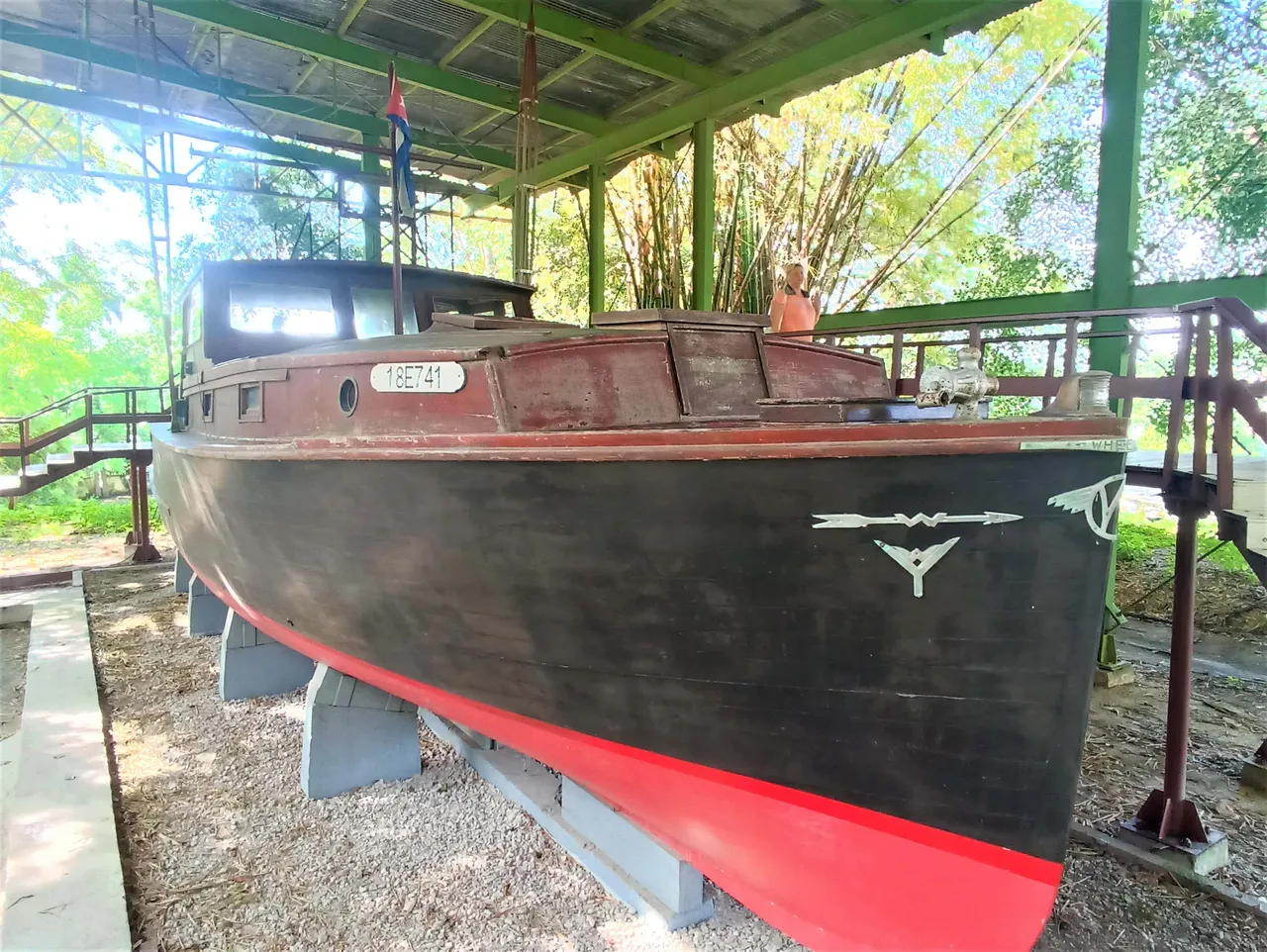
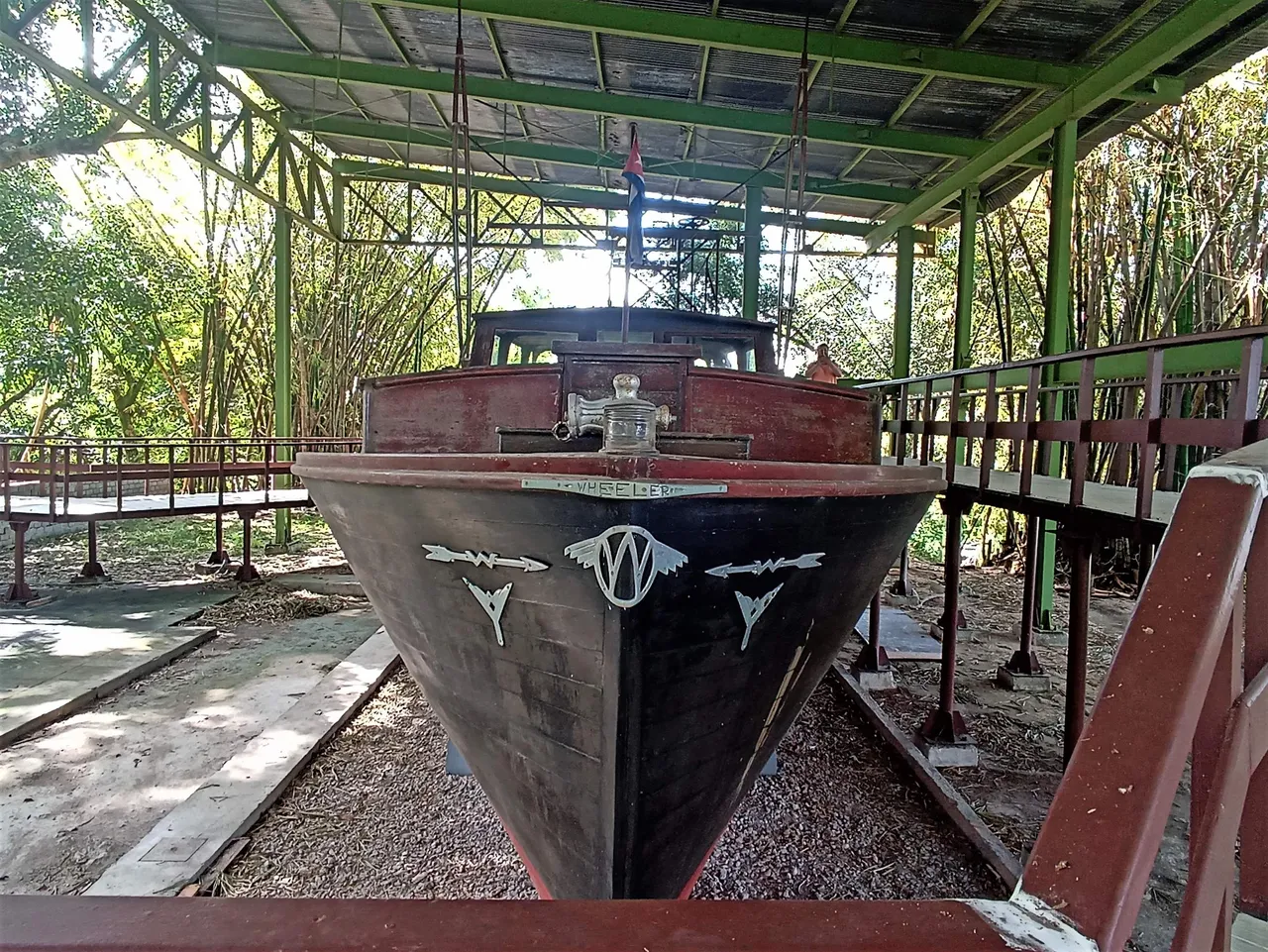
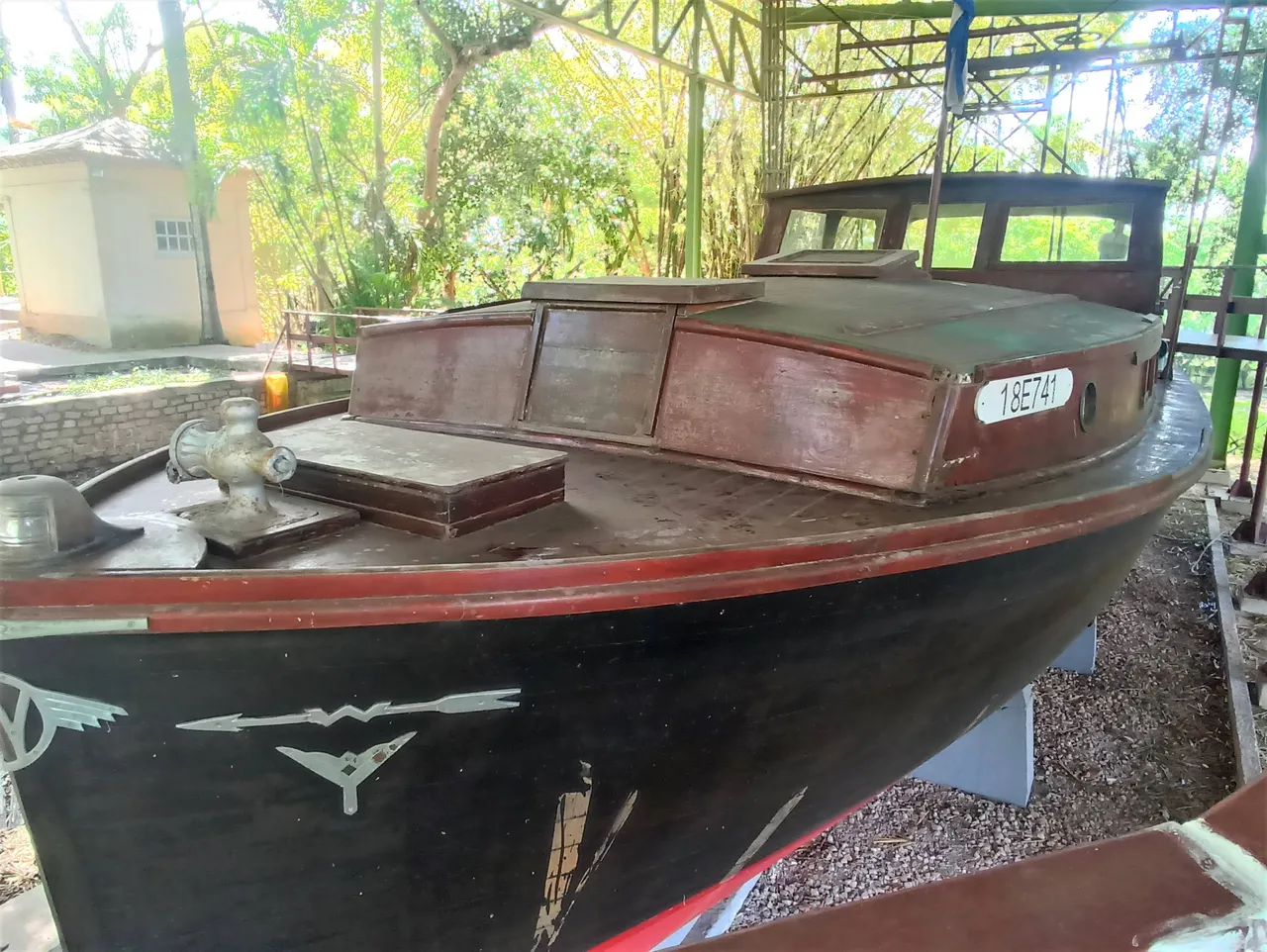
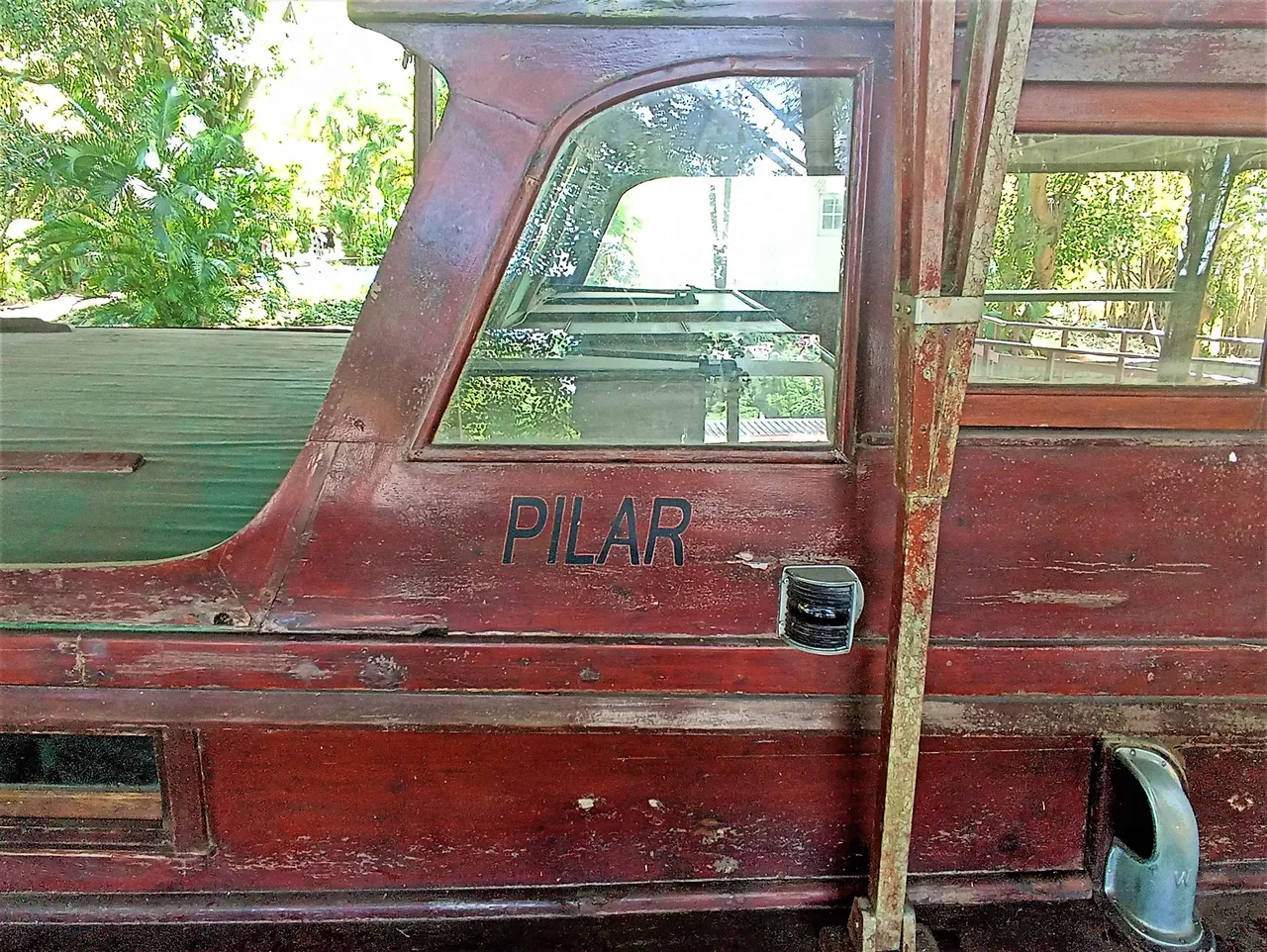
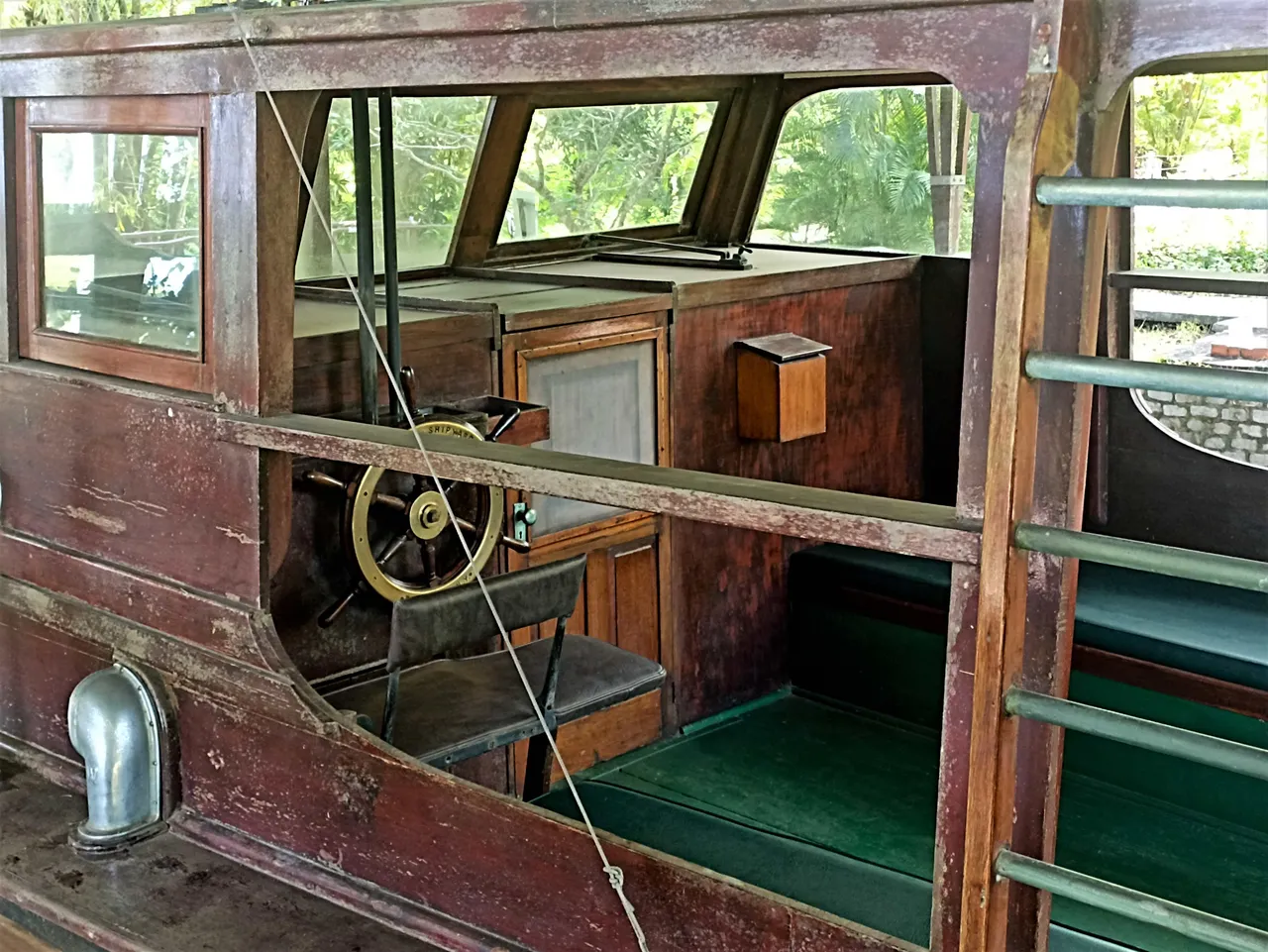
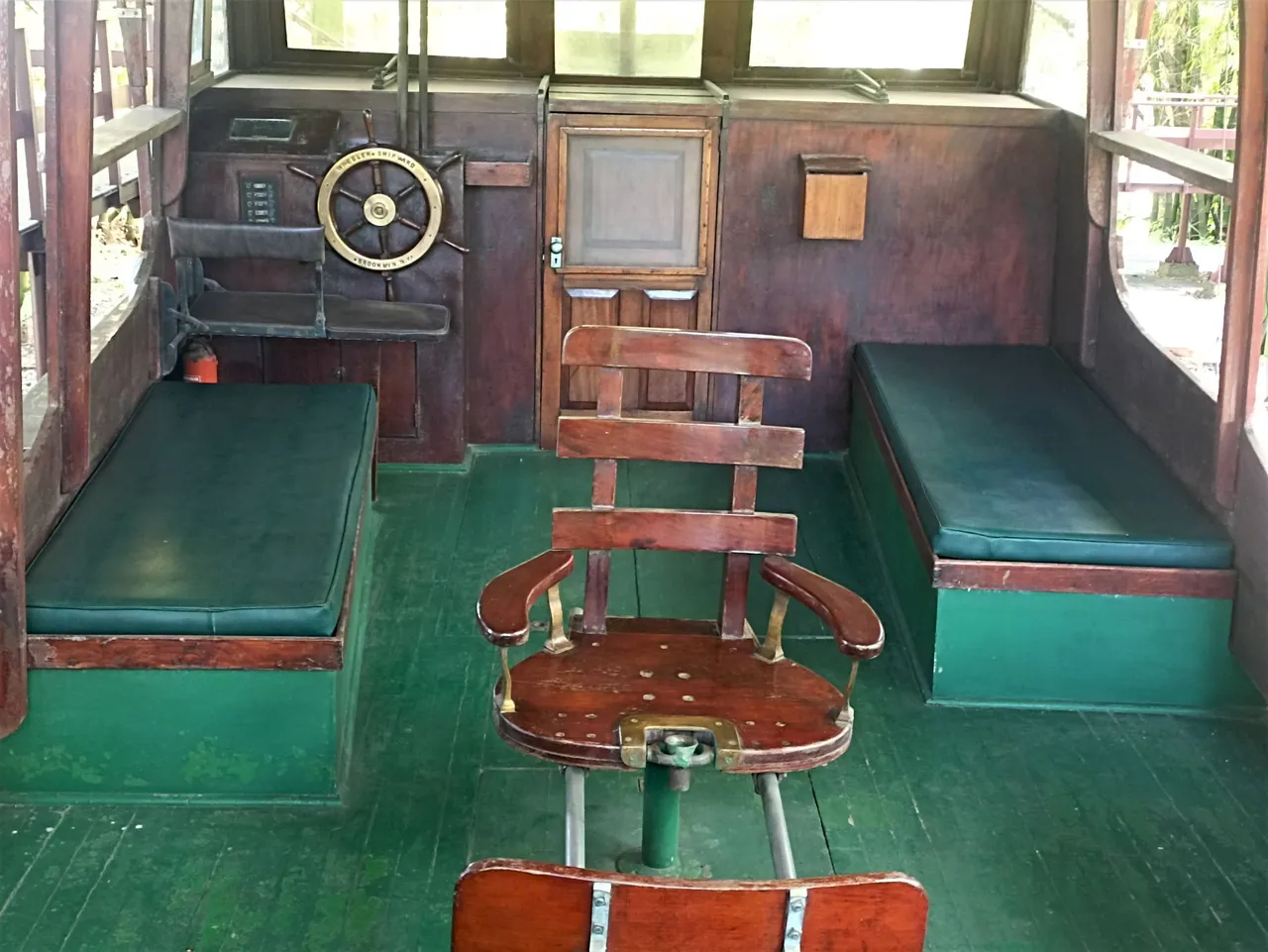
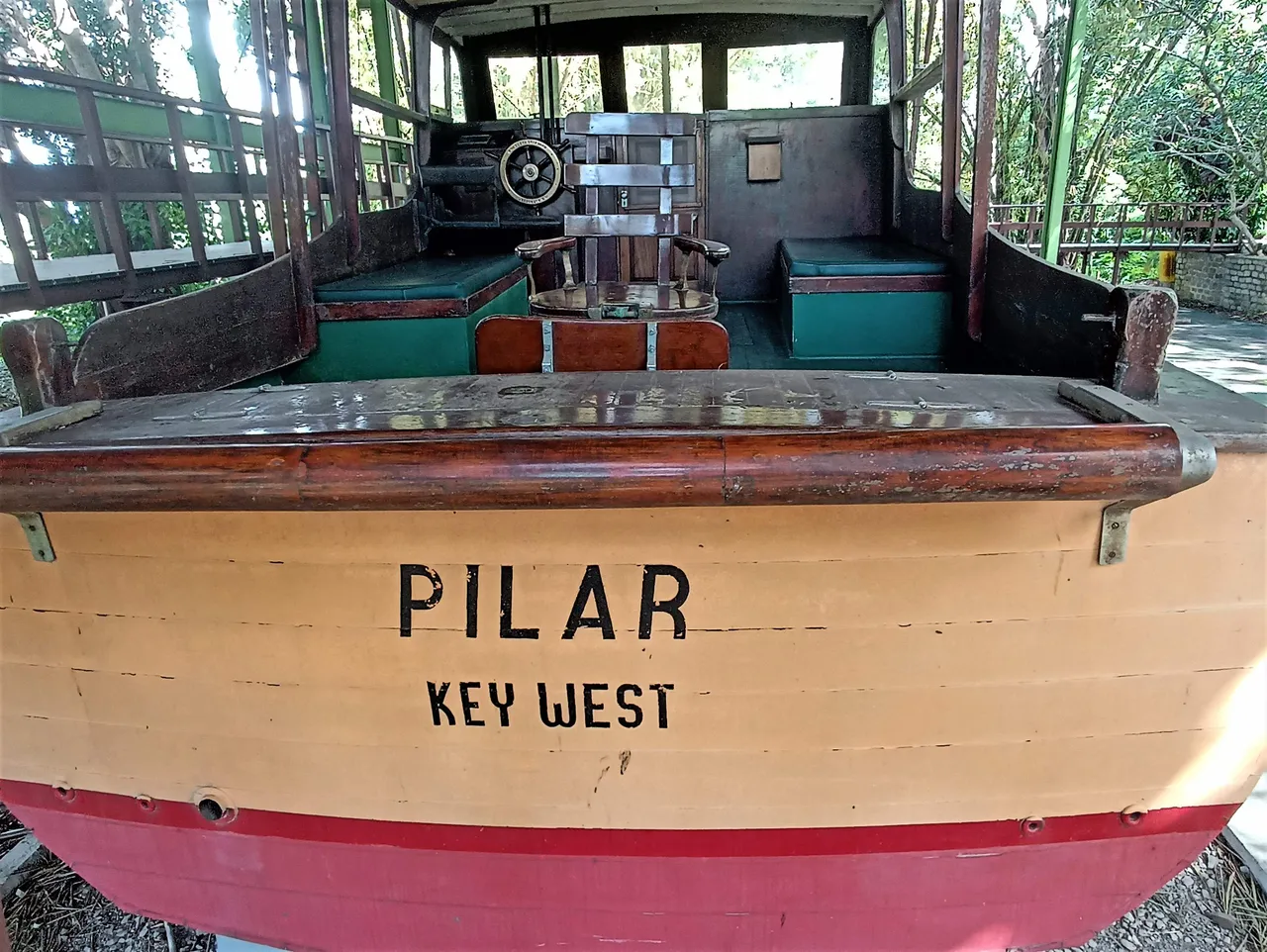
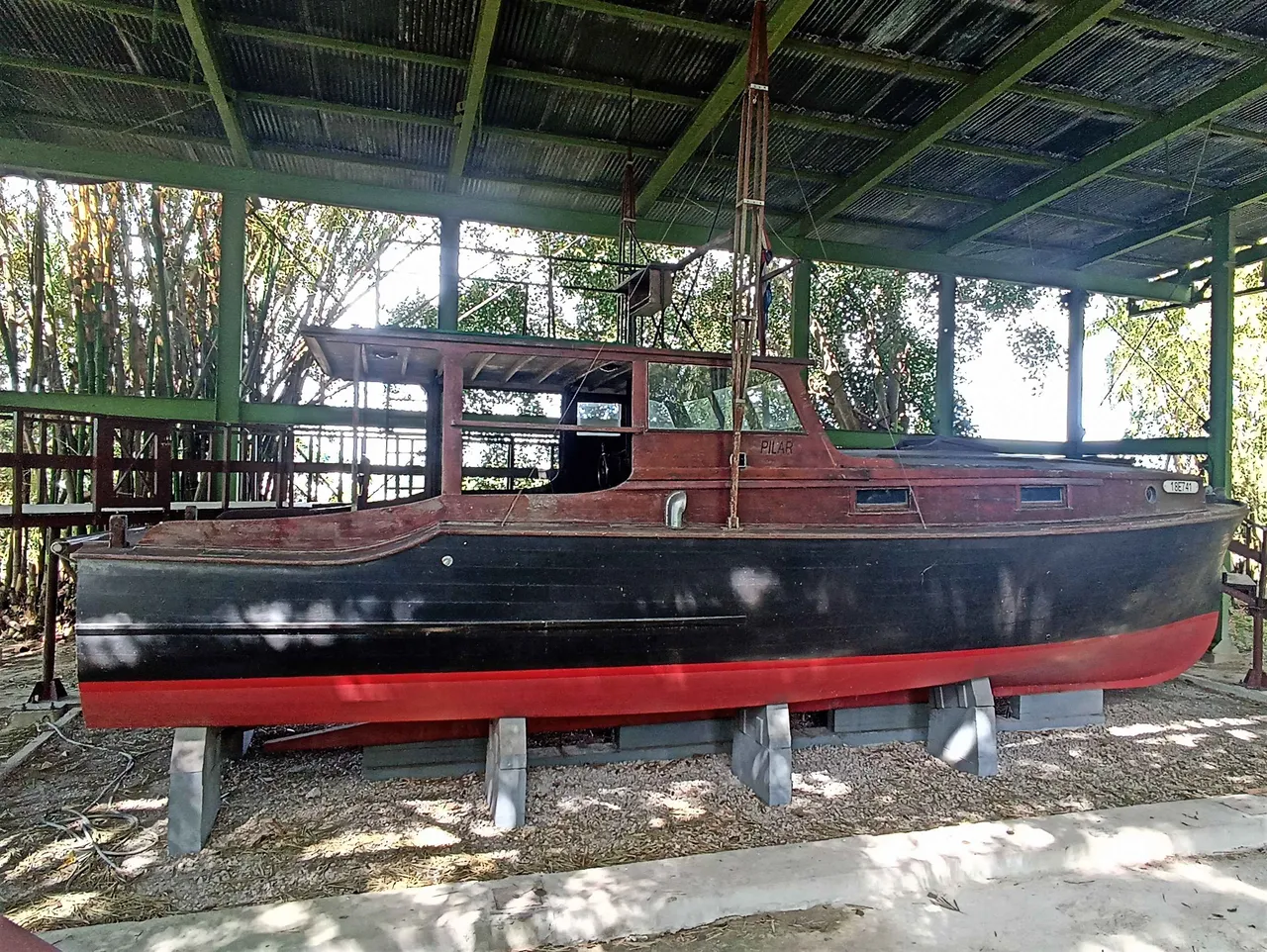
The museum also has a sculpture of Ernest Hemingway, made by the Swede Johan Falkman, a gift made in 2019 in commemoration of the 500th anniversary of the founding of Havana. The bust was placed in front of the house.

So far friends I share with you everything I could see because for me it was a pleasure to have known this important place and part of the life story of this illustrious universal writer.
The historical data were taken from this site
See you soon!
VERSIÓN EN ESPAÑOL
La Torre y el Yate Pilar en el Museo Ernest Hemingway de La Habana.
Estimados amigos de esta bella comunidad de Arquitectura y Diseño, como lo prometido es deuda les presento en esta publicación otras obras de la Finca Vigía donde Hemingway vivió y escribió importantes joyas de la literatura universal.
Les digo que siento gran emoción al caminar y apreciar con mis propios ojos el lugar donde vivió tantos años Hemingway, me lo puedo imaginar disfrutando de la sombra y el frescor que proporcionan la densa vegetación y comiendo mangos maduros que caen de los árboles en el verano, porque la finca está llena de estos árboles frutales.
Ya les presenté anteriormente en este (post((@mayramalu/ernest-hemingway-museum-in-havana-enes) la casa principal y la casa de huéspedes. En esta oportunidad quiero mostrarles otros componentes de la finca que se diseñaron para el trabajo y la recreación en un ambiente natural muy hermoso.
Después que vimos las habitaciones de la casa fuimos a explorar la torre que se encuentra al fondo de la casa,
Nos dice la persona que nos guía que se construyó en 1947 y fue diseñada por su esposa Mary Welsh, para que trabajara con mayor placer. La construcción es de mampostería y el techo de concreto con tejas de cerámica, tiene de 3 pisos y una altura de 12 metros. Las ventanas de madera y cristal transparente para disfrutar plenamente del entorno.
Lo curioso es que destinó el primer piso para sus gatos, que llegaron a ser 57.
Me gustó mucho ver que en la actualidad este piso se utiliza como taller para la exposición de artes plásticas realizadas por los niños de la comunidad que son parte de un Taller comunitario donde los enseñan a dibujar, pintar y a realizar otras manualidades. Son muy bonitas las pinturas que están expuestas.
Comencé a subir por las escaleras, me dice la guía que el segundo piso lo utilizaba para guardar sus baúles de viaje, sus herramientas y utensilios de pesca. Se encuentra cerrado al público por lo que no pudimos observar su interior.
Cuando llegamos al tercer piso me quedé asombrada de la belleza de la vista de la ciudad, se puede distinguir a lo lejos el Capitolio con su cúpula dorada y la franja de un azul intenso del mar de la bahía habanera. Este piso estaba destinado a ser el lugar de trabajo, pero Hemingway no lo utilizó para escribir, solo para revisar las pruebas de galera y otros asuntos.
El punto más alto de la torre sirve de mirador al cual se llega a través de una escalera de caracol, pero no pudimos subir porque el paso estaba cerrado por encontrarse en reparación.
Ahora vamos a explorar los alrededores de la finca. Desde la casa hay un camino de losas de concreto rodeado de plantas que nos conduce al área de la piscina y de la cancha de tenis. La piscina es de 2 metros de profundidad donde Hemingway solía practicar la natación diariamente. Tiene dos casetas de baños para el uso de los invitados fundamentalmente. Varios artistas renombrados de su época disfrutaron del ocio en esta piscina junto a sus anfitriones.
Oh amigos, es impresionante ver que cerca de la piscina hay 4 lápidas pequeñas donde se encuentran enterrados sus perros, es una muestra del cariño inmenso que sentía por los animales.
En el área que ocupaba la cancha de tenis se encuentra el yate Pilar, es una emoción inmensa poder ver de cerca este yate, es pequeño, pero se ve muy fuerte. Con este yate Hemingway salía de pesca y las aventuras que experimentó las convirtió en uno de sus libros más leídos El viejo y el mar, por el que recibió el Premio Pulitzer y también el Premio Nobel de Literatura.
El yate se construyó de caoba y roble por el astillero Wheeler. Hemingway contribuyó con el diseño de su yate, le incorporó un segundo motor para utilizarlo en caso de rotura del motor principal. Además, le agregó un aditamento para poder izar fácilmente los grandes ejemplares que pescaba y el casco lo pintó de color negro.
Además, el museo cuenta con una escultura de bronce de Ernest Hemingway, realizada por el sueco Johan Falkman, regalo realizado en conmemoración del 500 aniversario de la fundación de La Habana. El busto se colocó de frente a la casa.
Hasta aquí amigos les comparto todo lo que pude ver porque para mí fue un placer haber conocido este lugar tan importante y parte de la historia de vida de este ilustre escritor universal..
Los datos históricos fueron tomados este sitio
¡Hasta pronto!


